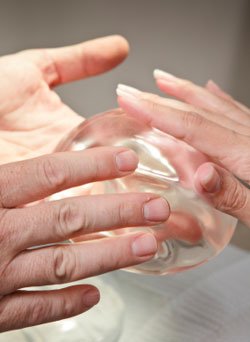![]() An advisory panel to the FDA reaffirmed the safety of silicone implants after recent meetings about how to improve safety studies for the implants.
An advisory panel to the FDA reaffirmed the safety of silicone implants after recent meetings about how to improve safety studies for the implants.
In 2006, the FDA lifted a 14-year ban on silicone gel-filled breast implants and approved the implants made by Allergan and Mentor for breast reconstruction and breast augmentation in women 22 and older in the U.S.
The New York Times reported that after two days of discussion about the safety of silicone implants, Dr. William Maisel, of the FDA’s Center for Devices, said he had heard nothing to shake his faith in the safety of the popular implants.
The committee also felt that patients should no longer be told to get an MRI three years after getting their implants and every two years after that.
It’s currently recommended that women have MRI’s after getting silicone breast implants because the implants sometimes rupture, and an MRI can reveal this problem.
However, many patients don’t follow this requirement because MRI’s are expensive, and the risks associated with ruptured implants may not be greater than the risks of the operation needed to take them out.
“FDA continues to believe, as does the panel, that MRI is the gold standard for evaluating breast implants for silent rupture,” Dr. Maisel said. “But there was consensus among the panel that the requirements for ongoing MRI’s should be removed.” Whether to drop the MRI requirement will be evaluated in further studies about silicone implant safety.
Radiologist Leonard M. Glassman, MD, was among those in favor of dropping the MRI requirement.
“It’s an impossible thing to request patients to do. Nobody pays for it except the patient. It is expensive. If the patient is asymptomatic and we find a rupture, chances are nobody will do anything about it; therefore we shouldn’t have done the test in the first place,” he said. “I would drop that MRI recommendation from the labeling.”
In addition to ruptures, complications with silicone implants include hardening of the area around the implant, scarring, infection and the need for additional surgeries.
Sources:
- The New York Times
- USA Today
- Medscape (registration required)




